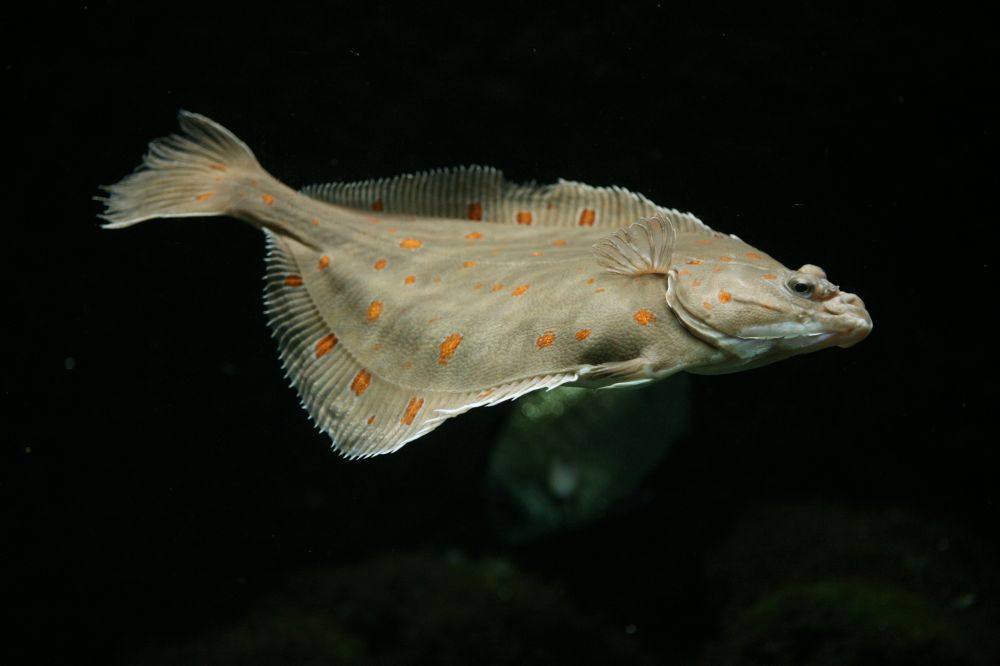
Read the article with FishingTheSpot: the plaice fish
Keep an eye on this subject!
Thousands of species spotlights and techniques but also all the local information about your city!



Meet other anglers near you and share your fishing fishing trips, afoot or on a boat, at sea or in freshwater
See the fishing tripsThe Plaice fish

All year
30 cm
Did you fish
this species this month?
The Plaice fish belongs to the Pleuronectidae family. it does not usually exceed 61 cm. Growth is slow and the average lifespan is between 12 and 15 years. Reproduction takes place between February and May. Fertility is 125,000 eggs on average. It can be fished all year round.
The plaice fish is a dexterous flat asymmetric fish: its two eyes are located on the right flank. Its body is thick. The ocular side is generally uniform, ranging from reddish to dark beige and spotted, while the blind side is white. His mouth is big. Its caudal is rounded and of moderate size. The lateral line is almost straight, except for a slight arc above the pectoral muscles. The dorsal fin has 76 to 101 rays, it originates in front of the left eye and ends on the caudal peduncle. The anal has 60 to 79 rays, it begins just below the operculum and ends under the posterior end of the dorsal fin. The head and body are covered with small ctenoid scales, they are rough on the ocular side; those on the blind side are mainly smooth and cycloid.
The Plaice fish lifestyle
Pelagic fry feed on diatoms and small copepods. Juveniles and adults are opportunistic predators, eating polychaetes, echinoderms, mollusks, crustaceans and small fish on the bottom.
The spawning period occurs between February and May depending on geographical distribution and is thought to be related to increases in water temperature (range from 0 degrees to 4.4 degrees Celsius) or day length. Spherical eggs are 1.5 to 2.8 mm in diameter and are laid in batches of 10. Fertility also varies according to geographical distribution, with an average of about 125,000 eggs laid on average. Hatching takes place between 11 and 14 days, at temperatures close to 4 degrees Celsius, the size of the larvae is then between 4 and 6 mm. Females grow faster than males. The average sexual maturity of individuals in the Gulf of St. Lawrence is reported to be 10 years (size 41 cm) for females and 6 years (25 cm) for males.
The Plaice fish Habitat
The plaice fish prefers sediments where they can be buried. It lives in cold waters with temperatures ranging from -1.5 to 13 degrees Celsius, at a depth of 20 to 700 m.
The plaice fish can be found on both sides of the North Atlantic, from the Barents Sea in the British Isles in the east, and from northern Baffin Island to Rhode Island (United States) in the west. In Canada it occurs in the Gulf of St. Lawrence, from the Scotian Shelf to the Bay of Fundy, southeast of Newfoundland, particularly in the northern part of the Grand Banks. The northeastern end of Georges Bank is the southernmost point of the species' range in Canada. It is also found in the Saint-Pierre and Miquelon Archipelago.
The Plaice fish angling
Plaice is mainly fished on the high seas by otter trawl, seine and longline.


